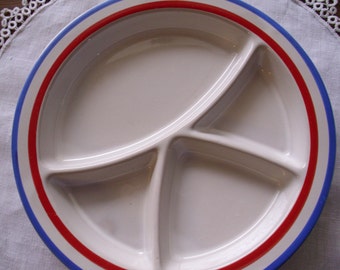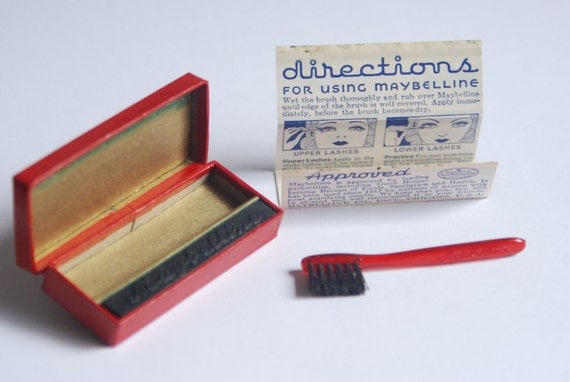A
post on my friend Jeanne’s blog on Saturday brought to mind an indelible
character from the past---a pink-cheeked flower container reminded me of
someone I used to know. Miss Florrie
had our town CAFFAY over on an odd little street, and wore high heels and slim skirts and
pretty silky blouses, with her Miss Clairol RAVEN BLACK up-do and two perfectly
round circles of reddish rouge. I always think of her when I see doll cheeks or
clown cheeks with such perfect rounds of red.
The
caffay had several big store-type windows, with maybe six formica tables and
those paddy-back-and-seat-to-match chairs of the era, as well as a shining bar,
bigger than the one at the drugstore and not nearly as high, right at
sit-on-a-stool level to eat one of those incomparable hamburgers, or a quick
breakfast for the folks who worked in the stores and shops up and down the
street.

The
floor is an indelible memory, of the tee-nineciest black and white tiles all
laid in, boot-tracked and oxford-scuffed despite the daily mopping, and was
known to have had quite a few dance steps spun across its small expanse, in and
around the chairs and tables, when a good song came on the radio. It was always fun to approach one of those
big windows from way across the railroad track, especially on a
getting-twilight evening, and see all the young folks gathered in those bright
squares of light---that blast of red-and-white from the tables and booths made
a triptych of colours and shapes, flexible and moving---as pretty as Dan Dailey
and Betty Grable in Technicolor at the Sunday matinee.

The
caffay offered a good old Southern noon dinner, from the hands of Mattie and
Pearlene, who had trod the boards of that kitchen from our parents’ days; those
two round laughing women with their shiny dark faces and white nylon dresses
could turn out some scrumptious fried chicken and peas and cornbread, serving
great ladlesful onto those divided plates, even though the crockery levees did
little to save the potato salad from the chicken gravy, or the cornbread from
the juice of those tongue-curling beet pickles.
The plates came out of the kitchen, held level and straight, with Mary Olive
or Nancy trying hard to keep an errant thumb from the food, and were set down
on that shining red counter or table as gently as a noon-o’clock rush could
allow.
Huge,
carb-and-grease meals, endless gallons of sweet tea, and loud laughter punctuated
the farm and politics discussions at most of the tables, as the store-clerks
and bank tellers and city hall workers had their own quiet lunches together---a simple bowl of beans and cornbread, or a Paminna Cheese sandwich, and silently returned
to work, their token dimes under each plate at the counter, perhaps a quarter from
a planter or lawyer at a table.

But
Miss Florrie now, she was a character---nobody could remember how many husbands
she’d had (one twice), and we girls all wanted to watch sometime as she got her
makeup on. We could just visualize her
in her bedroom, sitting down in a black slip and mules to that three-fold
mirror on her dresser, reaching out with ease to the bottles of foundation, the
small round compact of rouge. A good
rub with the little puff-pad, a little shake to remove the extra, and then a
perfect circle, bright as an apple on each cheekbone, like the Kewpie dolls on the Punchboard at Aunt Lou's store.
A couple of us had dolls with such gaudy
countenances, and we always referred to them as Miss Flow-rie dolls, kinda
wishing and kinda shuddering away from the idea of being old enough to decorate
our own faces in such a manner.
We
talked about her a little bit, in young-girl fashion, wondering idly if she put
on her Maybelline like the teen girls in the bathroom at school---wetting that
tee-ninecy red doll-toothbrush under the faucet, or spitting onto the little
ridge of black mascara in the box. A scrub down the channel, then
an eyebrow-held-up with one finger, as the mascara was scooped on from
beneath in that curvy lift that deposited the sticky black onto lashes and skin.
We were mightily interested in the mechanics of the so-mysterious older
privileges accorded our elders, and I’m sure we stared at Miss Florrie an
inordinate amount, for I can remember that she was a bit of a caricature, as
well as an almighty presence, with her bright cheeks and black-ringed blue
eyes, and that impossibly black hair held up by all those crinkly pins.

A
little bit like this, but a deep dark melted-and-poured coal black---a black
beyond the midnight dreams of Miss Clairol herself. Now imagine the rouge as a little red clown circle high
on each cheek, and it’s CLOSE, even to the immaculate outfit.
She
always smelled nice---not a whiff of fried chicken or the scent of boiling
broth or chopped onion (all of which wafted from the pass-through to the
kitchen, but which somehow bypassed her magnificently pristine self), and she was
as immaculately dressed and wrinkle-free, with her lipstick and rouge as
smoothly red at closing time as at breakfast.
She
was an institution in our town, a character and a landmark (Meecha at Miss
Florrie’s) and a congenial, welcoming presence in that small corner
caffay. I don’t know when she WASN’T
there, and don’t know when she closed or passed away or moved, for we were up
here by then. When we went back for my
class reunion several years ago, we found only a bit of rubble where the bright
fragrant old gathering-place had stood.
Chris
wandered for a moment, bent, and picked up something from the concrete
foundation. He came back and handed me
a heavy little souvenir: A four-inch
piece of that so-remembered floor, the tiny black and white tiles still
dignified and smooth---I like to think that the little scuff top right is maybe
from our Saddle Oxfords or one of the cool guys’ motorcycle boots.
And
there you have it---Full Circle
from a cheeky little flowerpot to bit of the past which has lain for years in
my own flowerbed. It’s nice having a memory
I can hold in my hand.
.JPG)











